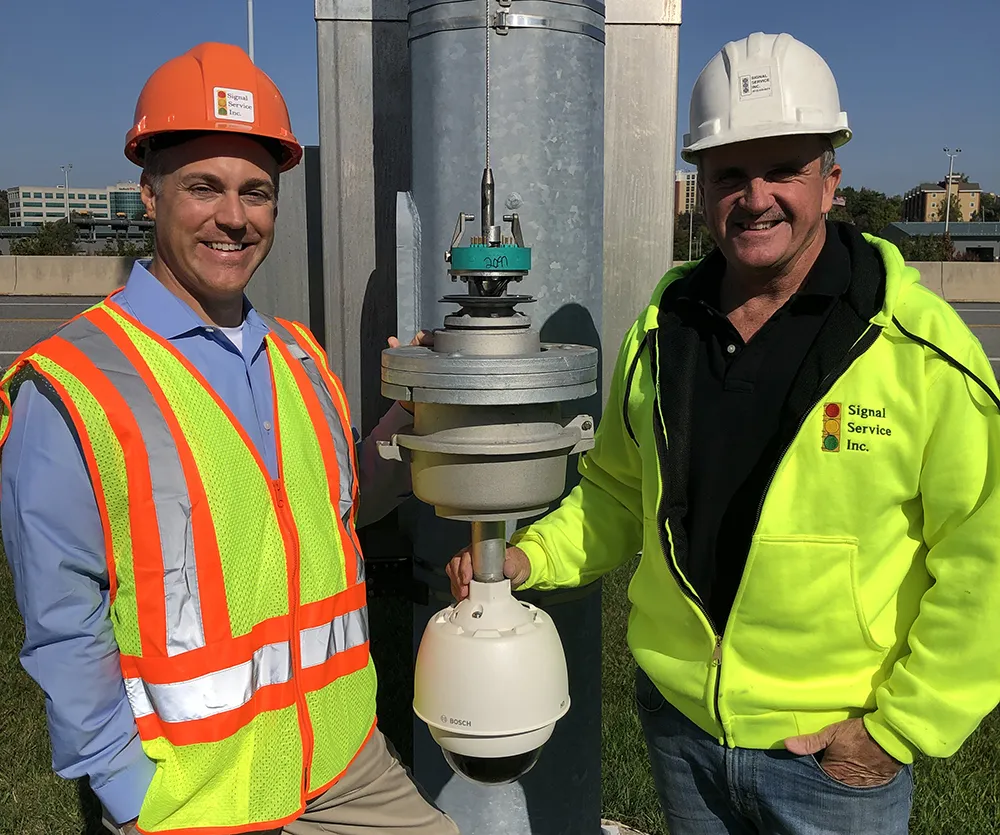Bosch has released a new version of the Video Management System (BVMS), making it more flexible and extending its use into even larger enterprise installations. BVMS version 3.0 now supports up to 2,000 camera inputs and 100 workstations. The increased scalability allows many new application opportunities and system designs. The system seamlessly combines Bosch IP cameras and encoders, DVRs (Digital Video Recorders) and Allegiant matrix switches in a single user interface. Version 3.0 supports the latest Bo
April 10, 2012
Read time: 2 mins
The system seamlessly combines Bosch IP cameras and encoders, DVRs (Digital Video Recorders) and Allegiant matrix switches in a single user interface. Version 3.0 supports the latest Bosch HD (High Definition) cameras such as the Dinion HD 1080p and FlexiDome HD 1080p. With focus on simplicity and usability, every operator can manage all this with little to no training.
As part of the increased overall system reliability, the new Independent Operator Client ensures live viewing. Playback and export is still possible even if the central server is not reachable or the connection has a low bandwidth. In addition, IP cameras can now record motion or IVA detection independently of the central server, further enhancing system reliability.
Bosch claims that outof- the box configuration for various recording solutions minimises installation costs and protects existing investments. Simplified faster configuration of recording settings are further enhancements.










